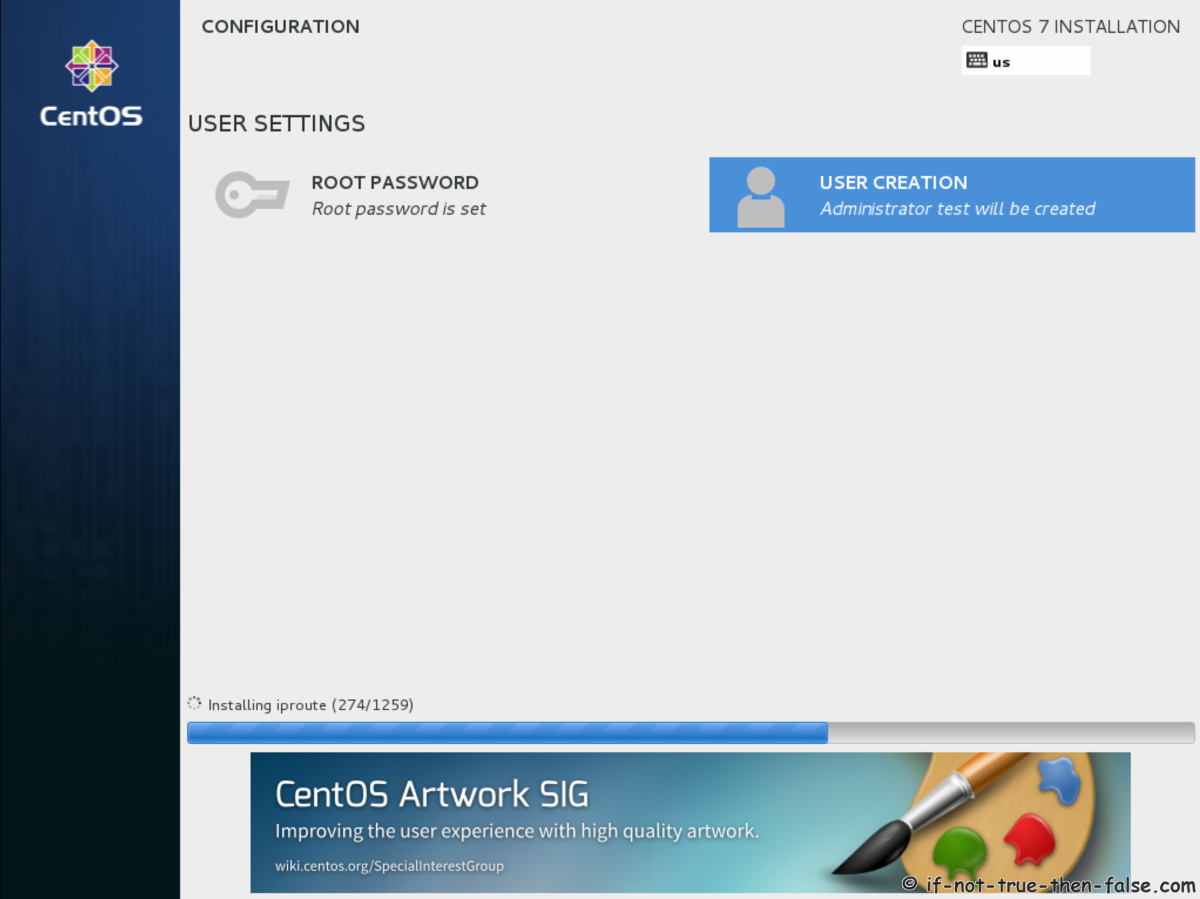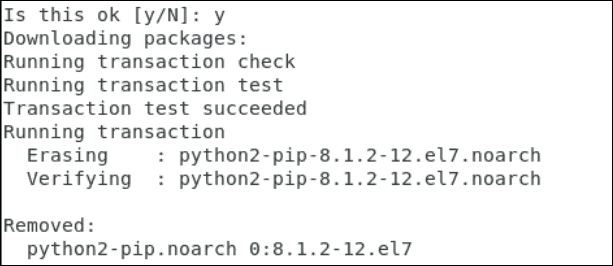


Step 2 - Installing and Setting Up Python 3ĬentOS is derived from RHEL (Red Hat Enterprise Linux), which has stability as its primary focus. Once everything is installed, our setup is in place and we can go on to install Python 3. The -y flag is used to alert the system that we are aware that we are making changes, preventing the terminal from prompting us to confirm. Let’s first make sure that our package manager is up to date by running this command: It will let you install, update, and remove software packages on your server. DNF is a package manager that is now the default package manager for Red Hat based Linux systems like CentOS. We will be using the open-source package manager tool DNF, which stands for Dandified YUM the next-generation version of the Yellowdog Updater, Modified (that is, yum).

Step 1 - Preparing the Systemīefore we begin with the installation, let’s make sure to update the default system applications to ensure we have the latest versions available. To set this up, you can follow our Initial Server Setup Guide for CentOS 8. You will need a CentOS 8 server with a non-root superuser account. This tutorial will guide you through installing Python 3 on a CentOS 8 cloud server and setting up a programming environment via the command line. An increasingly popular language with many different applications, Python is a great choice for beginners and experienced developers alike. Inspired by the British comedy group Monty Python, the development team behind Python wanted to make a language that was fun to use. A versatile programming language, Python can be used for many different programming projects.


 0 kommentar(er)
0 kommentar(er)
